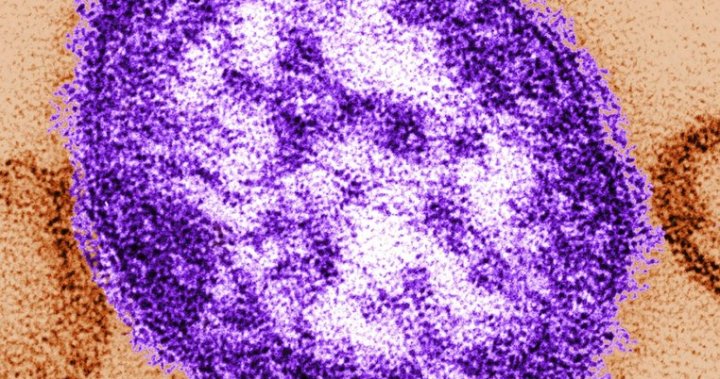In a troubling development that has health officials across Canada on high alert, Alberta’s measles outbreak has now surpassed 1,000 confirmed cases, with Edmonton emerging as the latest hotspot in what experts are calling the province’s worst outbreak in decades.
The Alberta Health Services (AHS) confirmed yesterday that the provincial tally has reached 1,027 cases since January, marking a grim milestone in a public health crisis that shows few signs of abating. Edmonton alone recorded 87 new cases in the past week, prompting city officials to issue a formal public health alert.
“What we’re witnessing is the direct consequence of declining vaccination rates over the past decade,” said Dr. Maria Sanchez, Chief Medical Officer for AHS. “Measles was essentially eliminated in Canada by 2002, but the current outbreak demonstrates how quickly highly contagious diseases can resurge when community immunity falls below critical thresholds.”
The outbreak has placed extraordinary pressure on Alberta’s healthcare system, with pediatric units across the province reporting capacity concerns. Calgary’s Alberta Children’s Hospital has converted three general wards into dedicated measles treatment areas, while Edmonton’s Stollery Children’s Hospital reports a 40% increase in emergency department visits related to suspected measles cases.
Provincial data reveals that approximately 83% of those infected had not received the recommended two doses of the MMR (measles, mumps, rubella) vaccine. More concerning still, health authorities have identified 17 distinct transmission chains, suggesting multiple points of community spread rather than isolated clusters.
“This isn’t just a public health crisis—it’s becoming an economic one as well,” noted Melissa Chen, health economist at the University of Alberta. “Between direct healthcare costs, lost productivity from sick days, and quarantine measures affecting businesses, we’re estimating the outbreak has already cost the provincial economy over $78 million.”
The provincial government has responded by opening emergency vaccination clinics in shopping malls, community centers, and schools. Premier Danielle Smith, who previously faced criticism for downplaying vaccination concerns, announced yesterday a $15 million emergency allocation to combat the outbreak.
“We’re mobilizing all available resources to protect Albertans,” Smith stated at a press conference in Calgary. “While we respect individual choice, we also have a responsibility to safeguard public health, particularly for vulnerable populations who cannot be vaccinated for medical reasons.”
Health experts emphasize that measles presents particular dangers beyond its immediate symptoms. The virus can suppress the immune system for months after infection, leaving survivors vulnerable to other serious illnesses. Additionally, approximately one in 1,000 cases develops life-threatening complications such as encephalitis.
The outbreak has prompted neighboring provinces to implement preventive measures. British Columbia has intensified vaccination campaigns in communities bordering Alberta, while Saskatchewan has instituted screening protocols at major provincial entry points.
Dr. Theresa Tam, Canada’s Chief Public Health Officer, addressed the national implications of Alberta’s situation during yesterday’s federal health briefing: “What happens in Alberta doesn’t stay in Alberta. Highly contagious diseases respect no borders, which is why we’re coordinating a federal-provincial response to prevent further spread.”
For parents like Edmonton resident Jennifer Kowalski, the outbreak has brought back anxieties reminiscent of the pandemic years. “My youngest is only eight months old—too young for the MMR vaccine,” she told me during an interview at an Edmonton vaccination clinic. “I feel like we’re living in a bubble again, afraid to take him anywhere public.”
As summer travel season approaches, health officials worry that case numbers could accelerate further. The incubation period for measles—typically 10-14 days—means many infected individuals can spread the virus before developing the characteristic rash.
As Alberta grapples with this escalating public health emergency, the fundamental question remains: how did a disease declared eliminated in Canada two decades ago make such a devastating comeback, and what will it take to restore the public trust in vaccination necessary to prevent similar outbreaks in the future?











